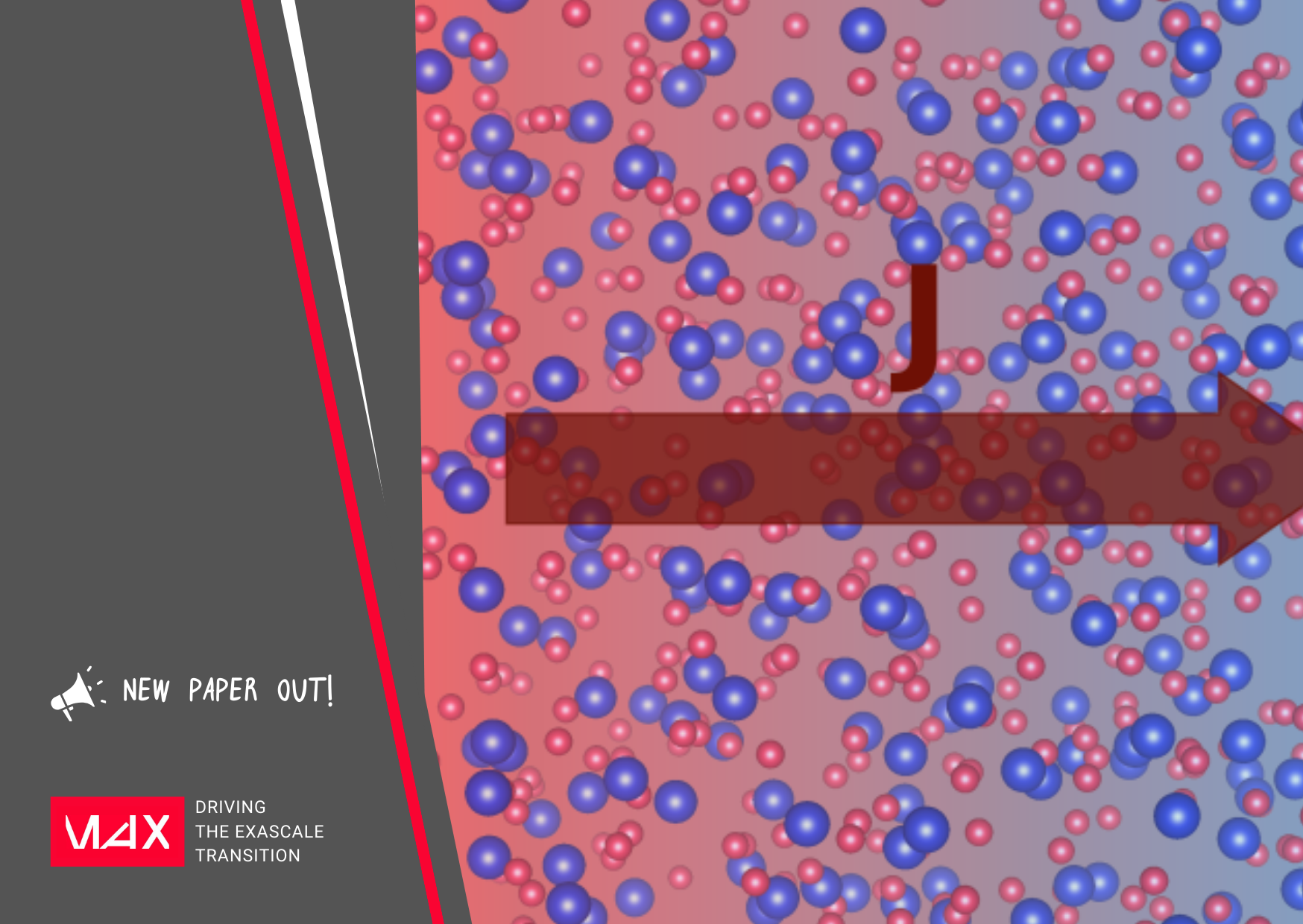Distinguishing Different Stackings in Layered Materials via Luminescence Spectroscopy
A team of researchers present an experimental probe to discriminate between rBN and hBN crystals via Cathodoluminescence spectroscopy.

source: https://doi.org/10.1103/PhysRevLett.131.206902
Boron Nitride (BN) is generally identified as a strategic material for the introduction of graphene and other 2D semiconductors in electronic and optoelectronic devices on the nanometric scale.
Despite its simple crystal structure, layered BN features a complex variety of phonon-assisted luminescence peaks. Recent experimental methods used in the synthesis of this layered crystal led to the production of samples that contain different BN polytypes, with the two most stable adopting a rhombohedral (rBN) and hexagonal(hBN) structure.
In their latest study, Zanfrognini et al. present a combined experimental and theoretical study on ultraviolet-light emission in rBN and hBN bulk boron nitride crystals: << These two polytypes are very difficult to distinguish experimentally using conventional crystallographic approaches, as they only differ by the stacking motif of monolayer BN. In our study, we perform a spectroscopic analysis of rBN and hBN via Cathodoluminescence spectroscopy and we demonstrate that the stacking sequence affects the emission fine structure of rBN and hBN crystals, making this technique an ideal experimental probe to discriminate between these two crystals>> says Matteo Zanfrognini, first author of the paper.
The study shows that, when a full integration over all relevant momenta of excitons and phonons is performed, the differences in peak positions, number of peaks, and relative intensities can be qualitatively and quantitatively explained.
To complete the analysis, the team identified the exciton-phonon interaction as the physical mechanism responsible for the observed differences in the experimental data, using state-of-the-art ab initio results.
The theoretical analysis has been carried out within the framework of the MaX project. Thanks to the support of the main developers of Yambo and experienced users of the Quantum ESPRESSO suite, the researchers could provide a complete ab initio description of excitonic and vibrational characteristics of these materials, exploiting the highly optimized numerical implementations of state-of-the-art method ab initio methods available within these codes.
<<A proper post-processing tool has then been developed to combine the results of these codes and compute the exciton-phonon interaction by which it has been possible to provide a rationale for the differences detected in the experimental spectra of rBN and hBN.>> concludes Matteo Zanfrognini.
About Yambo
YAMBO is an open-source code that implements ground-state and excited-state properties in an ab initio context. The code implements MBPT, DFT, and Non-Equilibrium Green's Function Theory (NEGF) to calculate several physical properties (e.g., reliable band gaps, defect quasi-particle energies, optical and non-equilibrium properties). YAMBO is interfaced with Quantum ESPRESSO. More information about Yambo can be found here.
About Quantum ESPRESSO
Quantum ESPRESSO (Quantum opEn-Source Package for Research in Electronic Structure, Simulation, and Optimisation) is a suite of applications for ab-initio electronic structure calculations using plane waves and pseudopotentials. More information can be found here.
Reference article:
https://journals.aps.org/prl/abstract/10.1103/PhysRevLett.131.206902



